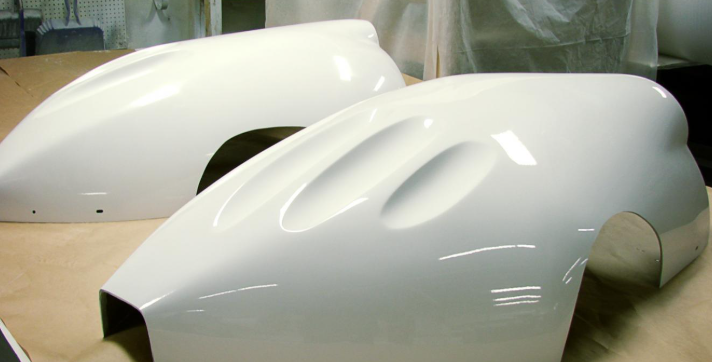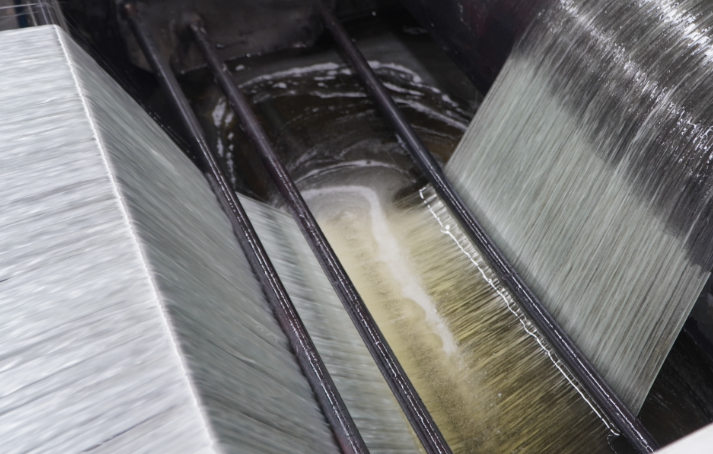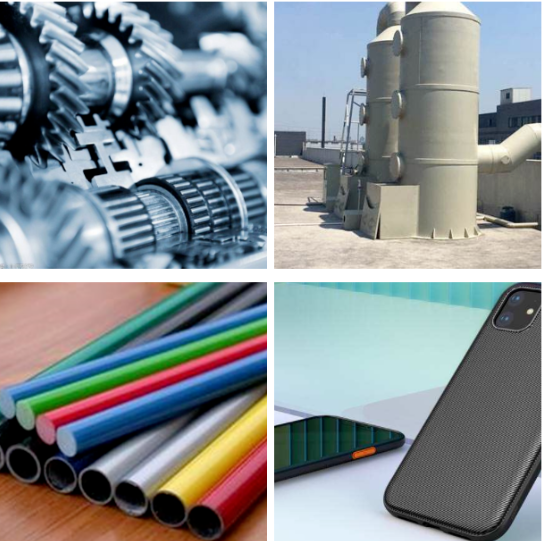

Glass fiber has become an indispensable material in modern industry due to its unique combination of strength, lightweight properties, and resistance to heat and chemicals. From aerospace and automotive to electronics and sporting goods, glass fibers are widely used in composite materials. However, machining glass fibers presents significant challenges because of their abrasive nature, tendency to cause tool wear, and sensitivity to processing conditions.
Polycrystalline Diamond (PCD) micro tools have emerged as an ideal solution for precision machining of glass fiber materials. With exceptional hardness, wear resistance, and cutting-edge stability, PCD tools ensure higher efficiency, longer tool life, and superior surface finish compared to conventional carbide or HSS tools.
This article explores glass fibers, the challenges in machining them, selection of cutting tools, and the specific advantages of PCD milling micro tools in glass fiber processing.
Glass fiber, often referred to as fiberglass, is a material composed of fine filaments of glass that are woven into a fabric or embedded in a resin matrix to form composite materials.
Key Characteristics of Glass Fiber:
High Strength-to-Weight Ratio – Strong yet lightweight, making it ideal for structural applications.
Heat Resistance – Retains mechanical properties at high temperatures.
Corrosion Resistance – Resistant to most chemicals, moisture, and UV radiation.
Electrical Insulation – Excellent non-conductive properties, useful in electronics.
Cost-Effective – More affordable than carbon fiber or other advanced composites.
Aerospace components
Automotive parts (body panels, under-the-hood components)
Wind turbine blades
Sports equipment
Printed circuit boards (PCBs)
Industrial machinery covers and insulation



The main factors influencing the lifespan of cutting tools are cutting heat, friction force and cutting force. Especially when processing certain special parts, coolant is unavailable, further exacerbating the cutting difficulties. Using ordinary cutting tools or coated cutting tools to process glass fibers is challenging because of their low density, high hardness and high strength. This material is difficult to machine due to its poor thermal conductivity. Therefore, the cutting tools are prone to severe wear, and the coating on the cutting tools may peel off.
While glass fibers are advantageous for their end-use, they are notoriously difficult to machine.
Key Considerations:
Tool Material
Carbide tools wear too quickly on glass fiber.
Coated carbide tools improve performance but still have limited tool life.
PCD tools are the best option due to extreme hardness and wear resistance.
Tool Geometry
Sharp cutting edges reduce delamination.
Optimized rake angles help minimize cutting forces.
Helical flutes enhance chip evacuation.
Cutting Parameters
Lower feed rates prevent fiber pull-out.
Higher cutting speeds reduce edge chipping.
Proper cooling or air blast prevents heat buildup.
Tool Size and Application
Micro tools (small diameter PCD end mills) are ideal for precision drilling, slotting, or edge finishing of thin-walled or intricate parts.
Larger PCD milling tools are used for surface machining of glass fiber composites.
Polycrystalline Diamond tools are engineered by sintering diamond particles under high pressure and temperature onto a carbide substrate. Their properties make them uniquely suited for processing glass fiber materials.
The PCD double-edge milling has become the ideal choice for processing in this field due to its advantages.
1. Ultra-high hardness and wear resistance;
The glass fiber component in glass fiber materials has extremely high hardness and causes severe wear on the tool. The hardness of PCD material can reach 8000 - 10000HV, which is 5 - 10 times that of hard alloy. When processing Fr4 materials, the lifespan performance of the PCD double-edge milling cutter is extremely outstanding.
2. Double-edge design, balancing efficiency and processing quality;
The double-edge structure makes the cutting more stable, reducing the impact force during single-edge cutting and lowering the probability of glass fiber material cracking.
3. Low friction coefficient, reducing the "stick to the tool" phenomenon of the material;
Glass fiber materials are prone to "stick to the tool" due to friction during processing. The low friction coefficient of PCD (0.05 - 0.1) effectively avoids this problem.
1. Processing of Fr4 Materials: Efficient Solution in the Field of Circuit Boards
Fr4, as a glass fiber reinforced epoxy resin board, is widely used in circuit board manufacturing and requires extremely high processing accuracy and surface quality. Small holes and narrow grooves on the circuit board are prone to burrs, which affect the installation of subsequent electronic components. Using double-edge milling cutters made of ultra-fine grain PCD material, with sharp刃口, can precisely cut Fr4 materials. PCD double-edge milling cutters in the processing of Fr4 materials not only can complete the processing tasks efficiently, but also can significantly improve product quality and reduce cost increases caused by processing defects.
2. Processing of G10 Materials: Reliable Choice in the Field of Mechanical Parts
G10 is an insulating material made of glass fibers and epoxy resin, commonly used in mechanical parts, insulation components, etc. During processing, stable dimensions and no delamination are required. G10 materials have high strength and are prone to delamination and cracking during processing. The symmetrical double-edge design of PCD double-edge milling cutters makes the cutting force distributed evenly, reducing the deformation of the material.
PCD micro tools have become indispensable in industries where precision and material integrity are paramount.
Machining thin-walled glass fiber composite structures.
Precision slots and micro-features in turbine components.
Body panel trimming.
Manufacturing lightweight glass fiber reinforced parts.
PCB drilling and slotting.
Cutting fiber-reinforced substrates with micro PCD end mills.
Milling and trimming glass fiber layers in turbine blades.
Glass fiber is a highly versatile material but comes with considerable machining challenges. Traditional tools wear out rapidly, compromise surface quality, and increase costs. PCD milling tools, especially micro-sized cutters, have proven to be the most effective solution for machining glass fibers.
Moresuperhard Standard PCD milling cutting tools Series is an excellent tool for processing copper, aluminum, magnesium and other nonferrous metals as well as graphite, carbon fiber, glass fiber and other non-metallic materials. To meet customer needs, we have specially launched the standard series of diamond PCD milling cutters, including double-edge standard PCD milling cutters with diameters ranging from 3 to 12. Moresuperhard Standard PCD milling cutting tools series is a mature product, available for both inventory and sales, with reasonable prices and immediate delivery.
For manufacturers working with glass fiber, investing in PCD milling tools is not just an upgrade—it is a necessity for achieving efficiency, precision, and cost competitiveness.
---EDITOR: Doris Hu,Erin Zhang
----POST: Doris Hu
Semiconductor Industry Solutions
PCD & PCBN Tools Grinding Industry
Diamond Cutting Bruting Polishing
Add: No.171 Zhongyuan Rd, Zhongyuan District, Zhengzhou, 450001, Henan, China
Tel: +86-371-86545906
Phone / Whats App: +86 18339903057
E-mail: [email protected]



